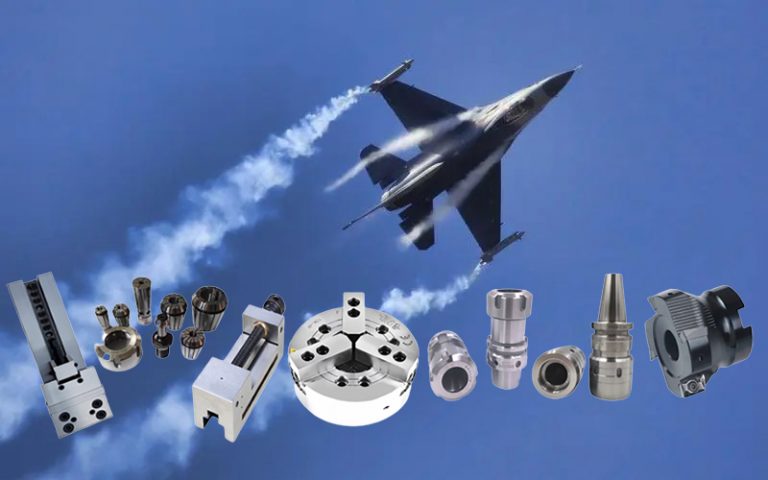Reliable Milling Machine Chucks for Accurate Cuts
Advancements in CNC Milling Technology
Computer Numerical Control (CNC) milling technology has revolutionized the manufacturing industry, enabling precise and efficient machining processes. Over the years, significant advancements have been made in CNC milling technology, enhancing productivity, accuracy, and versatility in various manufacturing applications.
One of the notable advancements in CNC milling technology is the integration of advanced control systems. Modern CNC milling machines are equipped with sophisticated control systems that offer enhanced programming capabilities and intuitive user interfaces. These systems allow operators to create complex machining programs with ease, reducing setup time and minimizing human error. Additionally, advanced control systems provide real-time monitoring and feedback, enabling operators to optimize machining parameters and make adjustments on the fly for improved efficiency.
Another significant advancement is the development of high-speed machining (HSM) techniques. HSM utilizes specialized cutting strategies, such as trochoidal milling and high feed milling, combined with high spindle speeds and advanced tooling materials. This approach allows for faster material removal rates while maintaining precision and surface finish. HSM has greatly increased productivity in CNC milling by reducing cycle times and enabling the machining of complex geometries more efficiently.
The introduction of multi-axis CNC milling machines has also expanded the capabilities of the technology. Traditional three-axis machines are now commonly supplemented with fourth and fifth axes, enabling the machining of complex contours and undercuts. Multi-axis milling machines offer increased flexibility and allow for the production of intricate parts in a single setup, reducing the need for additional operations and improving overall accuracy.
Advancements in tooling technology have also had a significant impact on CNC milling. Cutting tool materials, such as carbide and ceramic, have become more durable and wear-resistant, enabling higher cutting speeds and longer tool life. Additionally, the development of advanced coatings, such as diamond-like carbon (DLC) and titanium aluminum nitride (TiAlN), has further enhanced tool performance by reducing friction, improving chip evacuation, and increasing tool life.
Furthermore, the integration of automation and robotics into CNC milling processes has increased productivity and efficiency. Automated tool changers, pallet changers, and robotic loading and unloading systems minimize downtime and allow for uninterrupted production. This automation not only reduces labor costs but also ensures consistent and reliable machining processes.
In conclusion, advancements in CNC milling technology have transformed the manufacturing landscape, enabling precise, efficient, and versatile machining operations. From advanced control systems and high-speed machining techniques to multi-axis capabilities and innovative tooling solutions, these advancements continue to drive productivity and quality in the industry. Embracing the latest CNC milling technologies empowers manufacturers to stay competitive, meet the demands of complex parts, and achieve higher levels of efficiency and precision in their machining processes.

